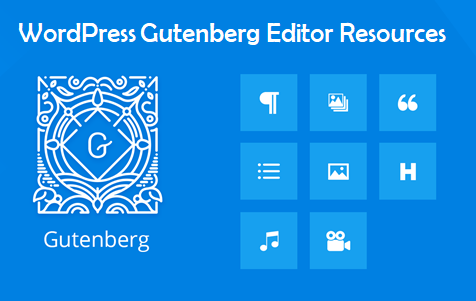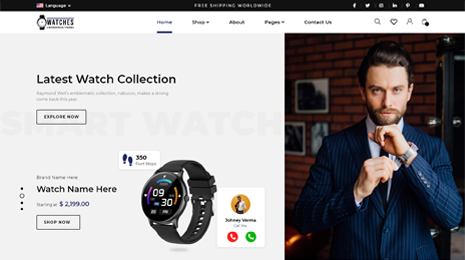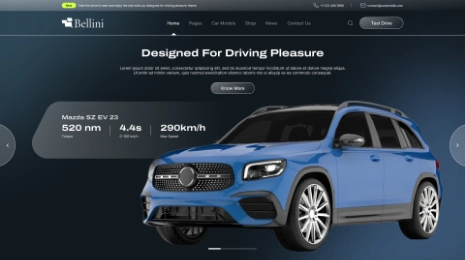Let’s start with what actually Gutenberg is. Gutenberg is a code name for a standard in WordPress site-building and publishing. Its aim is to change radically the entire publishing experience as much as Gutenberg did the printed word Now we have understood Gutenberg in different ways. Let’s come to the point . If we refers to the PHP(one of the technical developer language) developers, they have found it very difficult to code for Gutenberg, the new WordPress Editor( as told above) , since it requires deep knowledge of React and Javascript( the other technical coding developer languages). This is the case when we first build the Gutenberg block, as experienced by a freelance developer.
Gutenberg Block & Its Features
As we have seen above, here Gutenberg helps us to create content in a more visual way than the previous TinyMCE editor. To do this, it(Gutenberg) provides a library of pre-built elements(default elements),or ‘blocks’. Customization and addition to a page or post can be done. In simple words there are blocks to handle basic components such as text and images, as well as some advanced features like buttons and tables. These in conclusion are Gutenberg blocks. When we talk about building the first Gutenberg block then following things need to be kept in mind. As described above if we know React, Javascript, Redux, webpack also called as libraries is used by Gutenberg. Then it is advised that to check it by the users already using it. As Gutenberg provides an abstraction layer, its functionalities work only in a specific(as needed/wanted) way to Gutenberg . Gutenberg blocks diagram given below. Most used block are paragraph,image & seven other ones.
- There’s a section at the top with your own Most Used options.
- Then a number of organised categories below it.
- Even a search bar to help you find what you/we need quickly.
We will look into Gutenberg Block Editor in a theoretical basis now. The definition is Gutenberg editor adds content blocks and page builder-like functionality to every up-to-date WordPress website. . In other words Gutenberg is the project name for the new WordPress block Editor, which replaced the WordPress TinyMCE(it is a web-based Javascript WSISWYG(What you see is what you get editor) as the default WordPress Editor 5.0. Gutenberg’s documentation is found in its Block Editor Handbook. It is not thorough(complete), thus it makes it complicated for beginners to start coding for Gutenberg.
More Details
It is significant to keep our Blocks(here Gutenberg) up to date. So here we will first try to understand about using Gutenberg- the New WordPress Block Editor. The Gutenberg block editor is designed to be farsighted and flexible. As this feature is required also in our real-life situation decision making. While it looks different than the old WordPress editor, it still has all the features and functionalities as available in the classic(basic/old) editor. Thus here we came to know about the Gutenberg block WordPress and also some of the essentials(requirement) in building the first Gutenberg block.
Let’s see more essentials point-wise for Building the first Gutenberg Block & also summarise of above:-
- Check how the Gutenberg team is doing it
- Use the WordPress Editor intensively to discover the things to be reused
- Browse the available Documentation (here a handbook)
- Check if you need a block or component( here it is a Javascript class or function intended to give some specific interface(group related methods with empty bodies)
- Reusing Gutenberg components: Means a component that is saved and then can be shared as reusable.
- Using External components
- Styling with Saas( Software as a Service)
- Customising Webpack( the static module bundler {tools taking pieces of JavaScript and their dependencies and bundles it into a single file} for modern Javascript applications)
- Keeping our blocks up to date
- Check whether the legacy WordPress Code Can already satisfy your/our needs.













